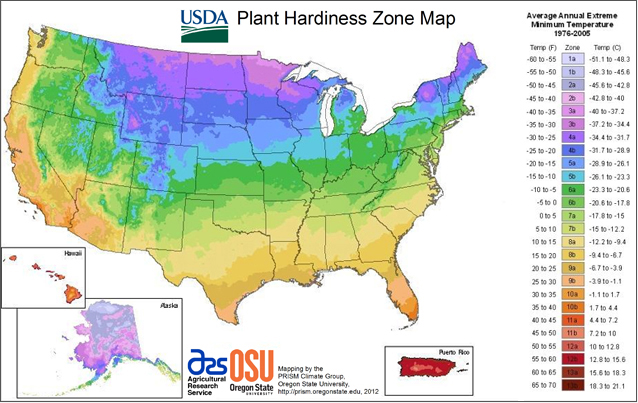Eggplant Seeds - Long Purple - Solanum melongena
- Regular price
- $5.99
- Unit price
- per
-
Solanum melongena - Non-GMO, Open-Pollinated, Heirloom, Untreated
-
Classic Italian Heirloom: A treasured variety dating back to the 1850s, known for its reliability and traditional, rich flavor.
-
Prolific Producer: Enjoy a continuous and abundant harvest of beautiful, dark purple fruits throughout the peak of the season.
-
Perfect for Cooking: Produces club-shaped, 8-10 inch long fruits with tender skin and firm, mild flesh. Ideal for frying, grilling, baking, and classic dishes like eggplant parmesan.
-
Vigorous & Hardy: Strong, upright plants reach 24-30 inches tall, providing good leaf cover to protect the developing fruit from sunscald.
-
Days to Maturity: Ready to harvest in just 70-80 days after transplanting, making it a great choice for a wide range of growing seasons.
-
Container Friendly: Its compact and sturdy growth habit makes it well-suited for large patio containers or raised beds in addition to traditional garden plots.
-
Attracts Pollinators: The lovely purple, star-shaped flowers are not only beautiful but will also help attract beneficial bees to your garden. 🐝
USDA Hardiness Zones
USDA Hardiness Zones

Planting Tips
Planting Tips






